Put yourself in the shoes of a hunter-gatherer, who has never dreamed of it? Finding yourself, like a few thousand years ago, with your tribe in the shelter of a cliff…and going on an adventure to observe the animals, where to feed. Go beyond the hill, see what’s behind…
15,000 years ago, during the Magdalenian, human populations were only a few tens of thousands on the whole European continent. The cohabitation with the animals was more balanced than nowadays, where our roads encircle the last refuges.
Like the aboriginal peoples or the Inuit hunter-gatherers, our ancestors were formidable trackers, capable of spotting the passage of an animal. To know what could have brought him here, in what condition was he? What had he eaten?
In our time, wild animals continue to roam the limestone plateau of the Madeleine and the bottom of the Valley. But they have become stealthier.
This summer, you can follow in the footsteps of a professional tracker, Francis, who knows Périgord like the back of his hand!
Francis is Franco-Scottish. He grew up with a grandfather who took him to the forest from an early age. This awakening to nature turned into a real vocation as soon as he met the aboriginal peoples in Australia. Since then, this former architect turned tracker has continued to deepen what connects us to the essential values that have shaped humanity.
Every Tuesday this summer, he will bring a group of curious people of which you could well be part!
Tracking animals looks like an exciting investigation.
It is necessary to call on a range of knowledge of the living, to deduce or predict the behavior of an animal. We learn to detect, to analyze the signs that animals leave behind, like so many proofs of their passage.
There are traces and clues! Traces are all the partial impressions of the animal’s body, mainly the prints left by its paws. The clues include all the other signs of the animal’s presence: leftover meals, droppings, nests, feathers, hair, rubbing, bones, etc.
This practice, carried out in the morning (between 10:30 a.m. and noon) makes our relationship with the forest more respectful of others. The forest environment becomes for us more alive and mysterious at the same time. You will learn to move more quietly to have a better chance of observing an animal. You will also learn to recognize places favorable to the passage of an animal. How to take a fingerprint. Make a tool to facilitate the pursuit of a lead. Analyze the pace, the speed of an animal. During your visit, you will be able to observe traces of the passage of wild boars, deer, foxes, badgers, weasels, squirrels, hedgehogs, bats, various rodents, moles.
And perhaps deer, martens, ermines, weasels, hares, genets, rabbits… not to mention sedentary or migratory birds such as the Kingfisher, the Kite, the Buzzard, the Cuckoo, the Owl or the Owl.
How is the animation going?
10:30 a.m.: Arrival at the reception of the Madeleine, meeting with Francis
10:40 a.m.: Departure to the observation point in the forest
10:55 a.m.: Tracking
11:40 a.m.: Return to the car park
12 p.m.: Arrival at the car park or at the reception to continue the visit
